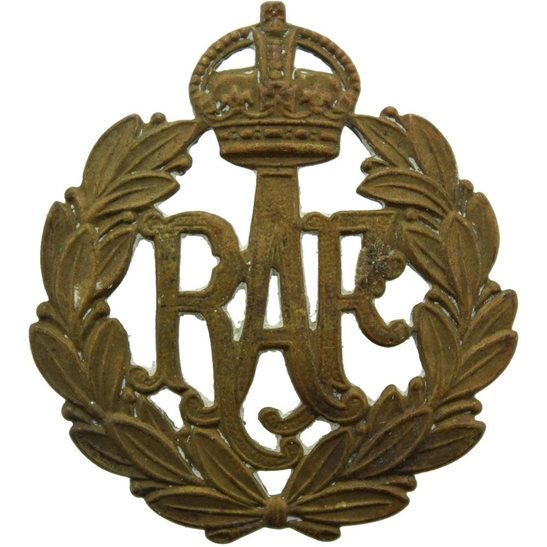Personal Details
Born: In 1890 in Whitchurch, Shropshire.
Family: He was the second of three children born to William Whittingham, an assistant land agent, and his wife Julia H. Robert did not marry.
Residence: In 1891 Robert and his older brother were living with his grandmother in High Holborn, London; by 1901 the family were all back together again at 6 Croome Road, Sledmere, Driffield, Yorkshire. In 1911 he was boarding in Hildenley Malton, Hildenley, Yorkshire. When he was discharged from the army he was living at 2 Zetland Terrace, Norton, near Malton, Yorkshire; this was his address at the time of his death
Employment: He was a land agent.
Died: 11 March 1931 in Norton, Malton, aged 40. An inquest ruled that he had committed suicide.
Military Details
Regiment: Royal Air Force (previously Royal Flying Corps and East Riding of Yorkshire Yeomanry)
Rank: Private
Service Number: 406292 (previously 50114 and 1180)
Date of Enlistment: 16 January 1913
Date of Discharge: 3 June 1919
Reason for Discharge: Transfer to reserve
Other Information: He was transferred to the Royal Flying Corps on 21 October 1917. He served in Egypt from this date.
Robert was awarded the Campaign Medals (British War Medal and Victory Medal)

The British War Medal (also known as 'Squeak') was a silver or bronze medal awarded to officers and men of the British and Imperial Forces who either entered a theatre of war or entered service overseas between 5th August 1914 and 11th November 1918 inclusive. This was later extended to services in Russia, Siberia and some other areas in 1919 and 1920. Approximately 6.5 million British War Medals were issued. Approximately 6.4 million of these were the silver versions of this medal. Around 110,000 of a bronze version were issued mainly to Chinese, Maltese and Indian Labour Corps. The front (obv or obverse) of the medal depicts the head of George V. The recipient's service number, rank, name and unit was impressed on the rim.
The Allied Victory Medal (also known as 'Wilfred') was issued by each of the allies. It was decided that each of the allies should each issue their own bronze victory medal with a similar design, similar equivalent wording and identical ribbon. The British medal was designed by W. McMillan. The front depicts a winged classical figure representing victory. Approximately 5.7 million victory medals were issued. Interestingly, eligibility for this medal was more restrictive and not everyone who received the British War Medal ('Squeak') also received the Victory Medal ('Wilfred'). However, in general, all recipients of 'Wilfred' also received 'Squeak' and all recipients of The 1914 Star or The 1914/1915 Star (also known as 'Pip') also received both 'Squeak' and 'Wilfred'. The recipient's service number, rank, name and unit was impressed on the rim.

